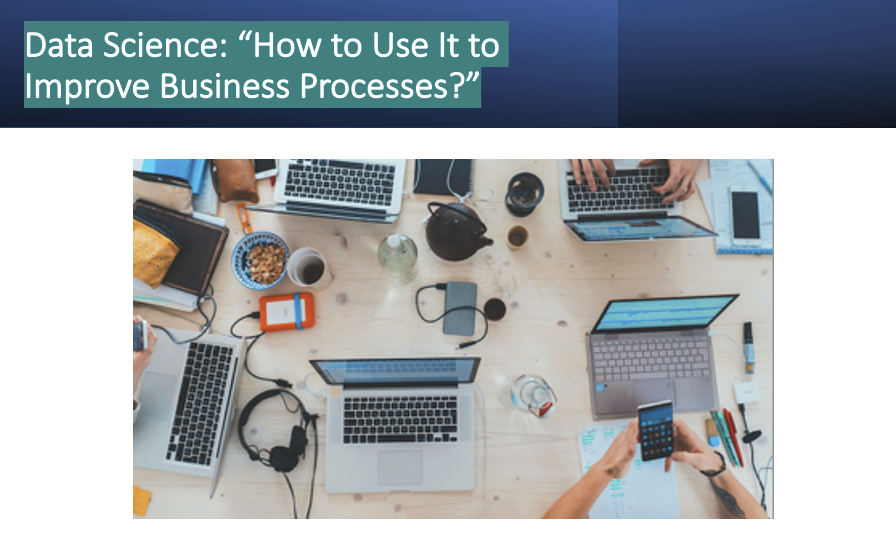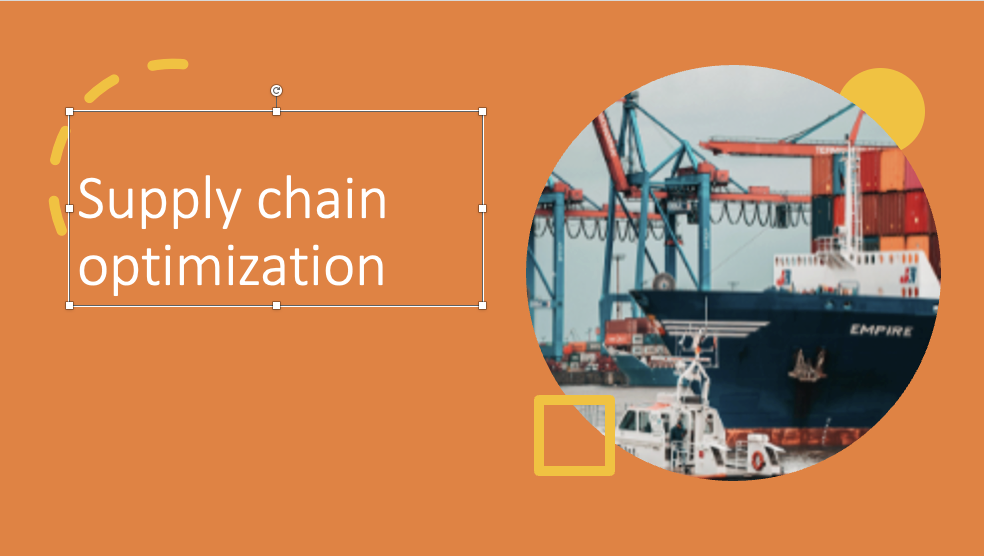Data Science: “How to Use It to Improve Business Processes?”
Using data science to optimise business processes can help companies make better decisions, improve efficiency, and increase profitability. Today, we'll go over the top five ways to use this technology.
1. Predictive modelling
Predictive modelling is an effective tool for assisting businesses in making data-driven decisions by analysing historical data and identifying patterns and trends that can be used to forecast future outcomes. A retail company, for example, can use predictive modelling to analyse sales data and predict which products will be popular in the near future, allowing the company to stock up on those items and meet customer demand. This reduces the risk of stockouts and overstocking, which can lead to inefficiencies and increased costs.
Example
Another application of predictive modelling is in the healthcare industry, where it can be used to predict patient outcomes and improve patient care. Healthcare providers can make informed decisions about patient treatment and care by analysing patient data such as demographic information, medical history, and lab results. This improves patient outcomes and reduces the risk of complications.
2. Customer segmentation
Customer segmentation is a strategy for dividing a customer base into smaller groups based on shared characteristics such as demographics, behaviour, and purchasing habits. This data can then be used to develop targeted marketing campaigns, enhance the customer experience, and boost customer loyalty.
Example
A financial services company, for example, can use customer segmentation to analyse customer data and determine which customers are most likely to respond to a specific product or service. The company can increase customer engagement and conversion rates by targeting these customers with relevant promotions.
3. Supply chain optimization
The process of optimising the supply chain involves analysing data from various stages of the supply chain, from procurement to delivery, to identify areas for improvement and reduce waste. A manufacturing company, for example, can use data science to analyse production data and identify bottlenecks in the manufacturing process, allowing the company to make informed decisions about increasing efficiency and lowering costs. The company can also predict demand and optimise production schedules using predictive analytics, ensuring that the right products are available at the right time and reducing the risk of stockouts and overstocking.
4. Fraud detection:
Fraud detection is an important aspect of risk management that involves the use of data science to detect and prevent fraudulent activity. A credit card company, for example, can use data science to analyse customer spending patterns and detect unusual activity, such as large purchases from unusual locations or multiple purchases in a short period of time. A credit card company can detect fraud before it occurs by using predictive analytics, lowering the risk of financial loss and improving customer security.
5. Predictive maintenance
Predictive maintenance is the use of data science to predict when a machine or piece of equipment will fail, allowing preventative maintenance to be scheduled. This can assist businesses in reducing downtime, increasing efficiency, and lowering maintenance costs. An airline, for example, can use predictive maintenance to analyse aircraft data and predict when maintenance is required, allowing the airline to schedule maintenance when it will have the least impact on operations. The airline can reduce the risk of equipment failure and improve safety by using predictive maintenance, increasing customer satisfaction, and lowering costs.
Conclusion
Though there are hundred more use cases, these are just a few examples of how data science can be used to optimise business processes and improve efficiency, profitability, and customer satisfaction. Companies can stay ahead of the competition by using data to inform decision-making.





